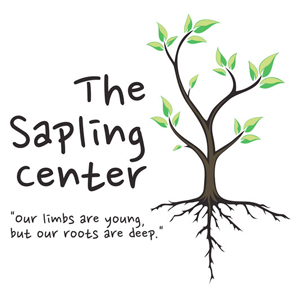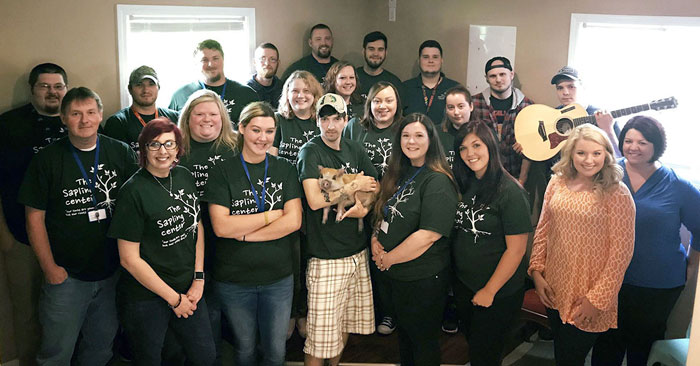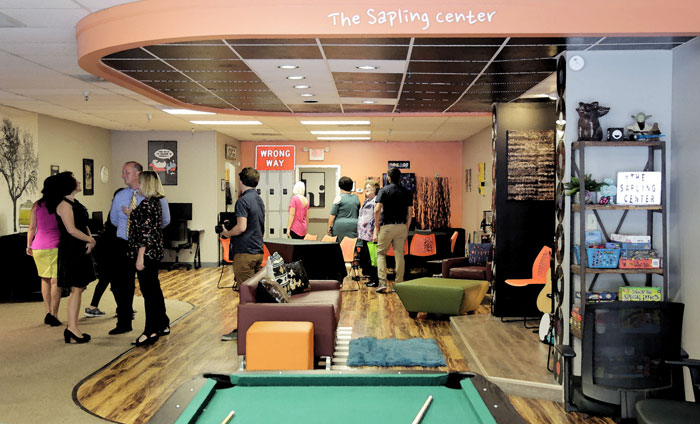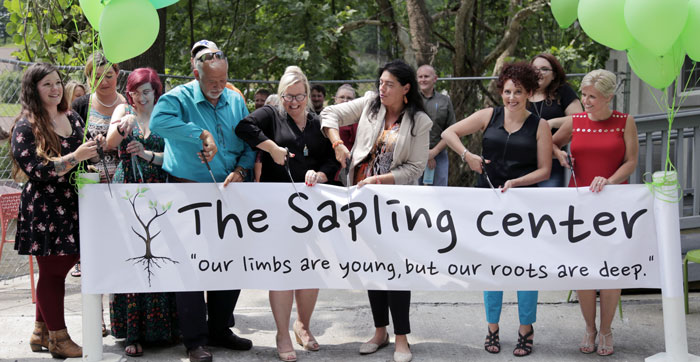The Sapling Center
- Need: To create a safe space for youth and young adults, ages 14 to 25, in rural eastern Kentucky.
- Intervention: The Sapling Center provides independent living skills education and offers a wide array of services as well as fun activities in a supportive environment.
- Results: The 5 Sapling Center locations serve 50-75 teens and young adults every day.
Description
 To provide a safe, supportive environment
for teens and young adults, Kentucky River Community
Care, a community mental health center, created the
Sapling Center in June 2016. This drop-in safe space
provides free services like counseling, life skills
training, and fun activities for anyone aged 14 to 25.
To provide a safe, supportive environment
for teens and young adults, Kentucky River Community
Care, a community mental health center, created the
Sapling Center in June 2016. This drop-in safe space
provides free services like counseling, life skills
training, and fun activities for anyone aged 14 to 25.
The goal of the center is to assist youth and young adults in transitioning successfully into and through adulthood by developing self and community advocacy. The centers are youth-led, and activities such as the monthly community service projects are determined by the youth. A large percentage of participants have personal or family issues such as homelessness, addiction, and mental health issues and face poverty.
There are Sapling Center locations in 5 rural communities:
- Barbourville
- Hazard
- Hindman
- Hyden
- Whitesburg
Services offered
The Sapling Centers are run by Behavioral Health Therapists, Community Support Associates, Youth Peer Support Specialists, and Targeted Case Managers/Service Coordinators. All center services are free and include:
- Arts and crafts
- Computer lab
- Crisis & Information Hotline: 1.800.262.7491
- Food
- Games
- Library
- Life skills training
- Monthly community service volunteer projects
- Personal items like clothing and hygiene products for those in need
- Referral to primary care, behavioral health, and dental care as needed
- Shower
- SMART Recovery and substance use support groups
- Transportation to and from the center
- Washer and dryer
- Wrap-around services as needed
Results
The Sapling Centers serve 50-75 teens and young adults every day. Many of the centers' attendees participate in group and individual counseling, including substance use sessions in addition to Youth Peer Support and Community Support Associate services, and benefit from Targeted Case Management/Service Coordination services.
In 2017, the Sapling Centers were featured in a Daily Yonder article.

Challenges
Opening the centers posed few barriers, since the communities welcomed options for youth and the schools saw them as an immediate resource. Obtaining some grant money to offset costs of facility repairs and furnishing the space were the primary challenges.

Replication
To replicate the Sapling Center, start with the youth. Create a youth council to make design decisions, suggest staffing plans, determine hours of operation, make choices about food, and generally voice what they need to be empowered.

Contact Information
Amanda Wooton, LPCC, Director of Transition-Age Youth ServicesKentucky River Community Care
The Sapling Center
amanda.wooton@krccnet.com
Topics
Behavioral health
· Children and youth
· Community engagement and volunteerism
States served
Kentucky
Date added
February 28, 2018
Suggested citation: Rural Health Information Hub, 2025 . The Sapling Center [online]. Rural Health Information Hub. Available at: https://www.ruralhealthinfo.org/project-examples/1005 [Accessed 6 January 2026]
Please contact the models and innovations contact directly for the most complete and current information about this program. Summaries of models and innovations are provided by RHIhub for your convenience. The programs described are not endorsed by RHIhub or by the Federal Office of Rural Health Policy. Each rural community should consider whether a particular project or approach is a good match for their community’s needs and capacity. While it is sometimes possible to adapt program components to match your resources, keep in mind that changes to the program design may impact results.
